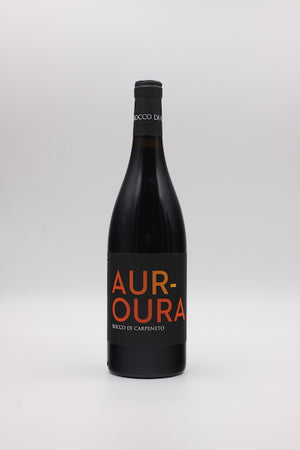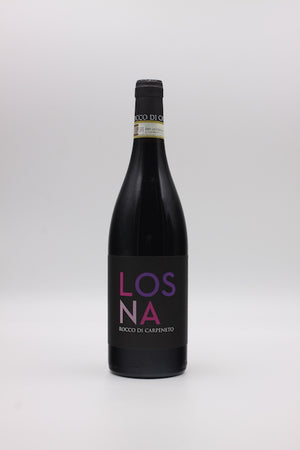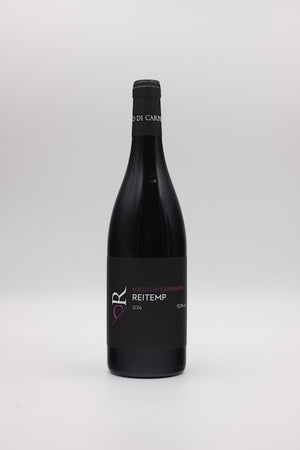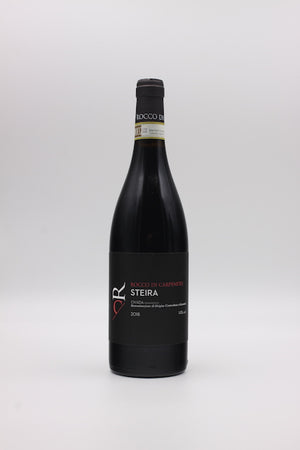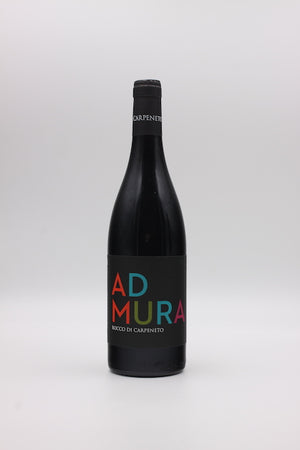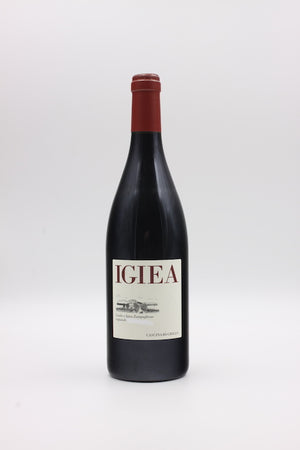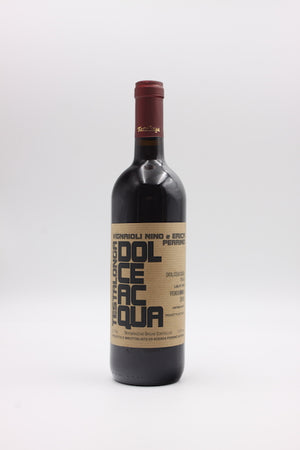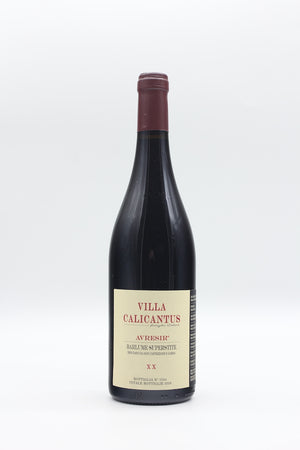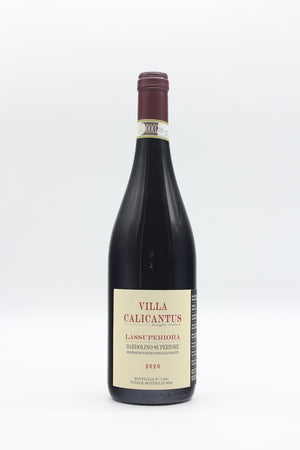Italian Red Wines
Rocco di Carpeneto: Aur-oura 2020
Wein
- €13,90
Aur-oura: The Entry-Level Wine from Rocco di Carpeneto The Aur-oura by Lidia and Paolo is an outstanding example of the quality that Dolcetto can offer, even though it is classified as DOC. This voluntary downgrade does not detract from the excellence of the wine, which impresses with its complex...
Rocco di Carpeneto: Losna 2018
Wein
- €17,20
Dolcetto is a fantastic grape variety with one significant challenge: it exists in the shadow of Nebbiolo. Consequently, in Alba and its surroundings, every decent vineyard is planted with Nebbiolo. Dolcetto—along with Grignolino, Barbera, Freisa, and others—is often relegated to vineyards where ...
Rocco di Carpeneto: Reitemp 2017
Wein
- €19,90
Reitemp: The Top Barbera from Rocco di Carpeneto The Reitemp embodies all the virtues of Barbera: precise aromas, vibrant acidity, vitality, substance, density, and a rustic, earthy undertone. The vines, planted in 1955, thrive in the clay and loam soils of the Vigna Rocco vineyard, situated at 2...
Rocco di Carpeneto: Steira 2020
Wein
- €19,90
STEIRA: The Shining Star of Rocco di Carpeneto's Dolcetto Universe Even though Rocco di Carpeneto treats all its wines with equal care and attention, the STEIRA—named after the Piedmontese word for "star"—stands out as the brightest in the winery’s Dolcetto offerings. The grapes for this exceptio...
Rocco di Carpeneto: Admura 2016
Wein
- €19,90
The idea was as well-intentioned as it was obvious. When Giovanni Dalmasso crossed Nebbiolo and Barbera in his laboratory in 1938, he wanted to combine the best attributes of the two dominant Piedmontese grape varieties: the fragrance and intensity of Nebbiolo with the vibrancy and freshness of B...
SRC Alberello 2018
Wein
- €44,80
Nerello Mascalese, so refined and delicate, yet profound and multi-layered, could easily be mistaken for the finest Burgundian Pinots or Piedmontese Nebbiolos (it even shares their slightly transparent garnet-red color). On a parcel of just over one hectare in the Contrada Crasà on the northern s...
SRC, Rivaggi 2019
Wein
- €44,80
Nerello Mascalese and Grenache: A Unique Blend from Mount Etna A blend of Nerello Mascalese (80%) and Grenache (20%). The first grape variety is expected, but the second comes as a bit of a surprise. However, Grenache is found in many Italian wine regions, though rarely under its original name: i...
Tenuta Grillo: Igiea 2005
Wein
- €27,80
Igiea: A Pure Barbera from Alto Monferrato Igiea is a pure Barbera from Alto Monferrato. However, due to Italy's, like other European countries’, somewhat convoluted regulations on how a grape variety and a region should be represented in a wine, this cannot be mentioned on the label. Instead, Gu...
Tenuta Grillo: Pecoranera 2004
Wein
- €26,80
Freisa, with an 80% share as the clear protagonist in this cuvée, is one of the most intriguing grape varieties of Piedmont. As a close relative of Nebbiolo, it shares many similar attributes—subtle aromatics, robust acidity, substantial tannins, and immense aging potential. However, it possesses...
Tenuta Grillo: Pratoasciutto 2006
Wein
- €26,80
Dolcetto takes center stage here, with no other variety vying for attention. The wine is aged in old vats, fermented with its own yeasts, and undergoes a lengthy maceration period of 40 days. Harvesting is done manually, and vineyard work focuses on minimal yields (2500kg/ha). Sulfur is used in o...
Tenuta Saiano: Mai Uguale 2020
Rotwein
- €29,90
Mai Uguale: A Sangiovese Masterpiece from Romagna Romagna is true Sangiovese country. Some even speculate that the origin of this great central Italian grape variety lies here rather than in Tuscany. In the Valmarecchia, home to Tenuta Saiano, Sangiovese has been planted for centuries in soil ri...
Tenuta Saiano: Sanzvais 2020
Wein
- €17,60
"As long as they pour you water on the Via Emilia—the road stretching from Milan to Rimini—you are in Emilia. But as soon as they offer you wine, you are in Romagna." (Antonio Baldini). And not just any wine, but Sangiovese, the red queen of Italian grape varieties, whose origins are still fierce...
Testalonga: Rossese di Dolceacqua 2022
Wein
- €38,90
Rossese is sensitive, delicate, and subtle.Its color is as transparent as contact lenses and lighter than blood. After a few years, it shifts to a rust-colored orange. It ages moderately, oxidizes easily, and requires attention. It’s understandable, then, that there are only about 80 hectares of ...
Villa Calicantus: Avresir 2020
Rotwein
- €38,50
Bardolino: From Quantity to Quality Bardolino, located on the southeastern shore of Lake Garda, is often ranked lower in the hierarchy of Italian wine regions. This wasn’t always the case. There was a time when the wines from this area were on par with those from Valpolicella. However, towards th...
Villa Calicantus: Lassuperiora 2020
Rotwein
- €24,90
The Lasupperiora serves as a bridge between the delicate structure and subtle fruit aromas of Soracuna—the entry-level wine from Villa Calicantus—and the substance and depth of Avresir, the estate's flagship red. Its vines, planted in 2010, thrive in the stony, calcareous soil of the highest vin...
